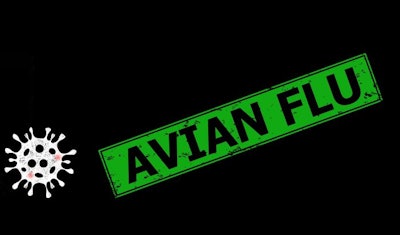
It’s looking more and more likely highly pathogenic avian influenza (HPAI) will be a constant, active threat for the U.S. poultry industry.
In December 2022, WATTPoultryUSA contacted leading government and international disease monitors and they said there’s no end to the current outbreak in sight. After a devastating outbreak in 2014-2015, the disease broke out in North America at the end of 2021.
The current H5N1 HPAI outbreak is defined by its longevity. The disease survived in wild bird populations and endured through summer and into the new year. Turkey and egg prices are up due to commercial infections and associated depopulations.
Biosecurity
One observer noted in the prior outbreak that humans played a significant role in spreading the disease from farm-to-farm and barn-to-barn. This time, it’s more likely the disease is arriving directly from wild birds shedding the virus.
This is good and bad. Regulators, integrators and farmers worked hard and wised up to enhance their biosecurity and it’s proven with less disease transmission by humans. On the other hand, there are apparent holes in farm biosecurity defense the disease is running right through.
Poultry stakeholders already showed a strong response and increased their biosecurity after 2015. However, individual farmers and technical staff, as well as integrated poultry companies and the government, will need to put their heads together once again to address this renewed threat.
Looking ahead
If wild birds will carry HPAI around the country for the foreseeable future, the domestic poultry industry must consider it in its long-term planning.
The industry must monitor the international reaction and the export markets closely. The U.S. counts on exporting a significant portion of its poultry and bird flu can be a trade barrier. But at this point, HPAI is a global problem.
Moreover, questions should be raised about vaccination against avian influenza and what it would look like. Would that measure ever make sense in the U.S.? Only time can tell.


















